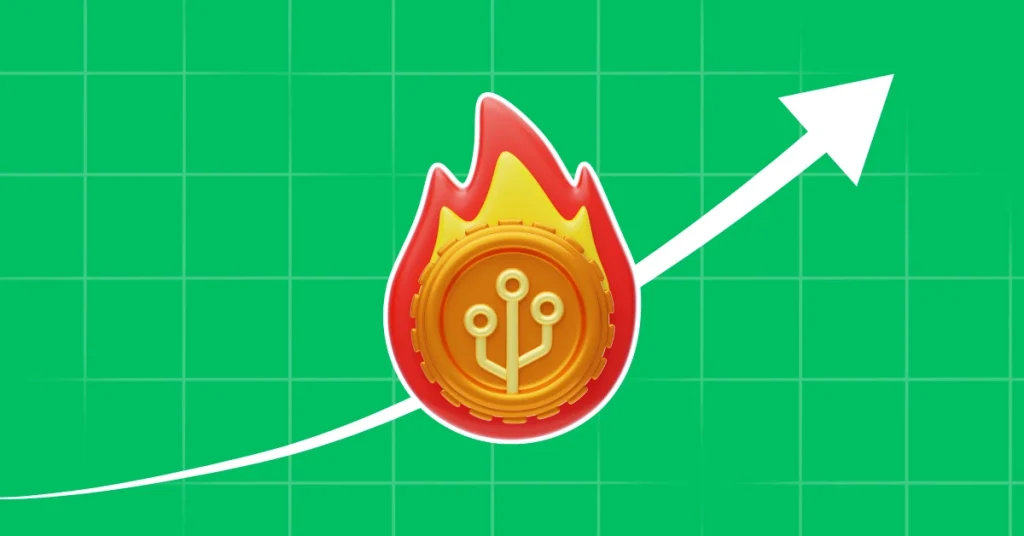In July 2017, crypto exchange Binance held its token sale for BNB. According to the project’s documentation, 20% of the company’s quarterly revenue would be used to repurchase BNB from the market, followed by token burns. Since then, 32 such events have taken place, removing nearly 60 million BNB from circulation.
This approach mirrors the share buyback mechanism widely used in traditional finance. Binance was among the first crypto companies to apply it to digital assets.
It took almost eight years for the market to fully recognize the impact of buybacks on tokenomics. By 2025, they have evolved into a mainstream trend. Each month, more projects announce similar programs — from lending platform Aave and appchain Ronin to stablecoin issuer USDe (Ethena).
But why do they do it? Today, buybacks are not only a tool to manage token supply, but also a powerful marketing strategy. They help projects build trust, attract new users, and strengthen community loyalty.
As of September 2025, over twenty projects have adopted this approach. Major players like Hyperliquid and pump.fun have already spent hundreds of millions of dollars on buybacks, often allocating nearly all of their fee revenue to such programs.
However, not every team permanently removes tokens from circulation. Some projects only reduce the circulating supply temporarily, creating a short-lived scarcity effect.
For investors, this means one thing: it’s essential to carefully evaluate each buyback initiative. Not all of them have a lasting impact on token value — sometimes they generate nothing more than a brief emotional boost in the market.
